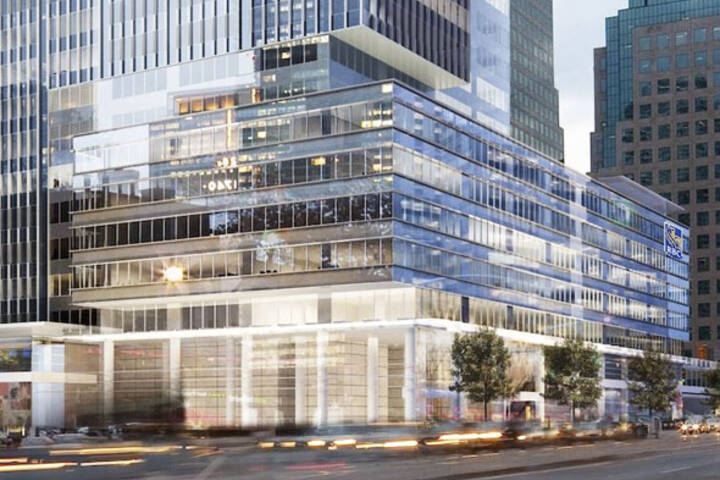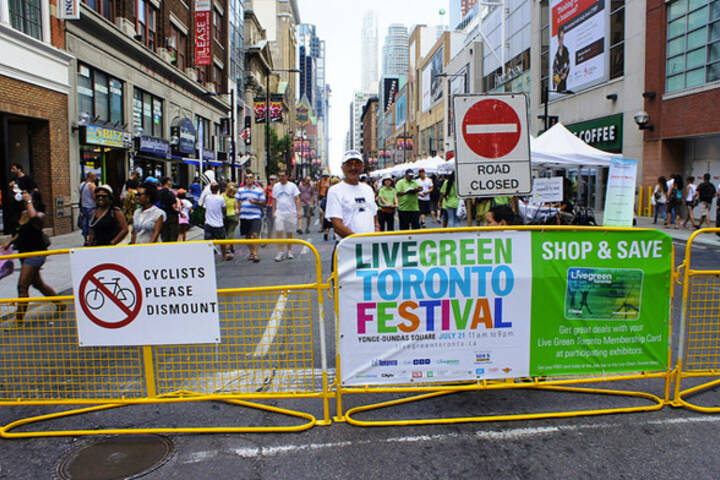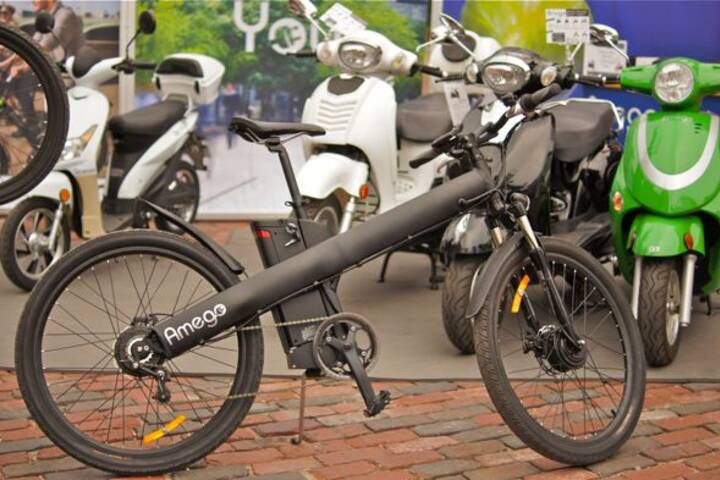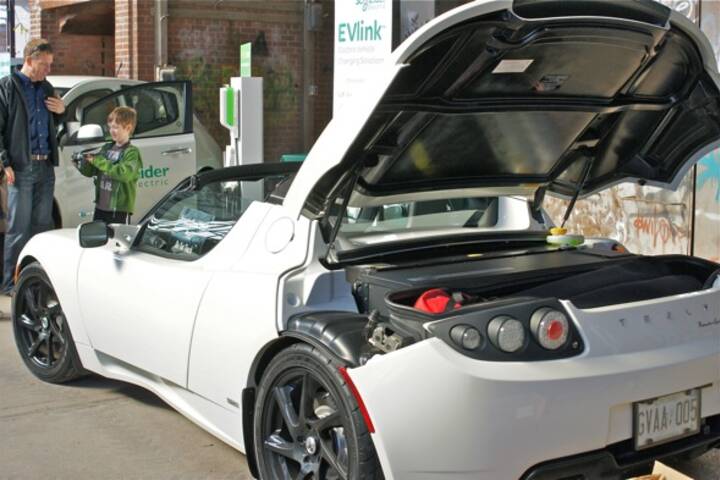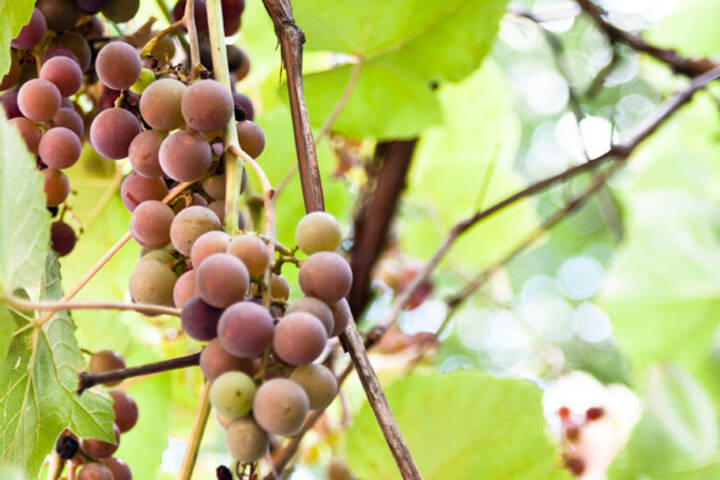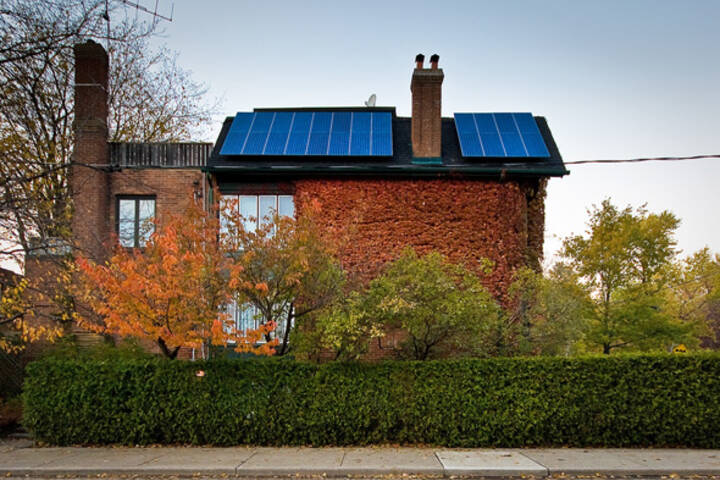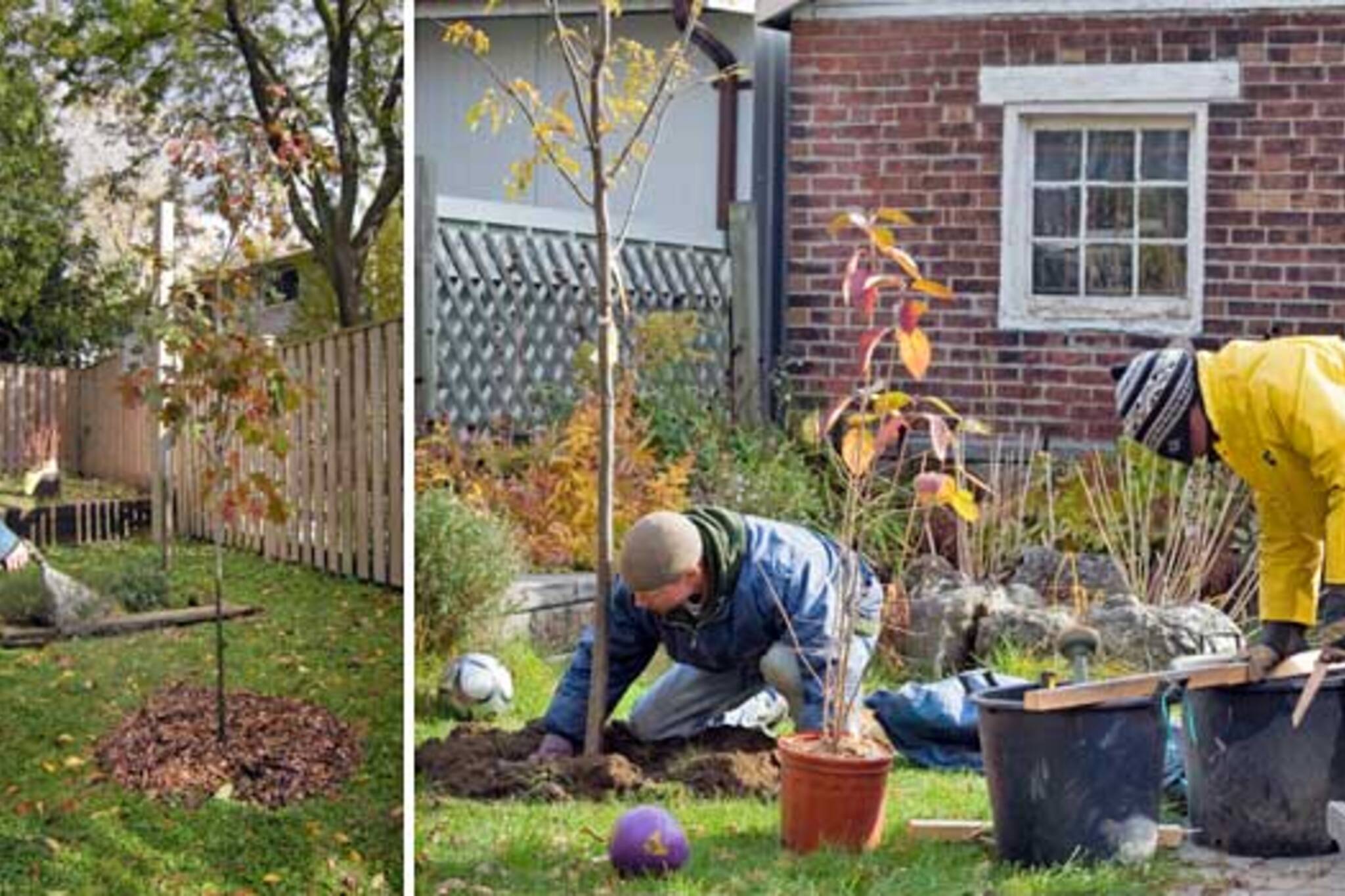
Backyard Trees Made Possible by LEAF
Toronto environmental non-profit LEAF (Local Enhancement and Appreciation of Forests, for those of you scoring at home) has been planting trees in people's backyards since 1996, but mostly under the radar of Toronto's best green services or organizations. Although known especially for their backyard tree planting, LEAF also runs workshops and training sessions, gives tree tours and organizes the popular Leslieville Tree Festival each year. But for those of us thinking about planting a tree - and the fresh white stuff on the ground sure makes it hard to think ahead to spring - LEAF is still doing consultations this year to get ready for next year's plantings.
The process is straight-forward, and the cost is minimal: $80-120 for most trees, all inclusive. Considering you pay more, often much more, at the typical tree retailer, the partially subsidized not-for-profit offerings from LEAF sound pretty good. Plus they send out a certified arborist to ensure your tree will succeed, and they strongly encourage native species. So you won't just have any tree in your yard, but a tree that was meant to be in your yard.
Fresh off a move to the new Artscape Wychwood Barns, passionate and certified arborist Sarah Lamon took some time to answer a few questions about LEAF, tree plantings and her favourite tree in the city.
You're a certified arborist. Generally speaking, that makes you a tree expert, but more practically, what does it mean? What led you to trees?
Having grown up in the City of Toronto, I spent a lot of time when I was a kid wandering through the ravine systems in the city and climbing the trees in my parents yard, I guess that's when I first began to appreciate trees. Although I completed a degree in zoology, I later decided to transition into forestry; I think the two fields are closely related when it comes to understanding ecosystems and conservation. I tend to see trees not only as individual (giant) organisms, but as playing a really crucial role within entire ecosystems - providing food and habitat for wildlife, cleaning our rain water, filtering the air, etc. And of course, they also providing great spaces to hang out under.
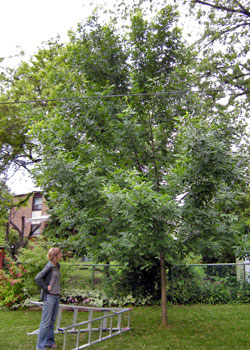
If I sign up for a consultation, LEAF sends you over to my house. What can I expect at that point?
When I show up at your door, we'll head out to the back yard to first discuss what you would like to get out of your future tree(s). This can vary from providing shade, to creating bird habitat, to blocking the view of your neighbour's hot tub. After that we'll discuss your soil type, light availability, and how much room you have to realistically plant tree(s). We'll then discuss each of the approximately 20 native trees (and shrubs) that LEAF offers in terms of their requirements, aesthetics, growth patterns, and potential issues, and then I'll make some recommendations. Finally, we'll talk about the best way to care for your new tree once we've planted it.
What trees are good to plant in Toronto? When choosing which tree to plant, how much is personal preference and how much is determined by the space's conditions?
At LEAF we really promote planting native species. Native species are those that naturally occur in this region prior to European settlement. These species are adapted to our local soils, climate, and wildlife; often these species are hardier than those that are imported from other areas of the world. Furthermore, non-native species can pose a risk to the environment by becoming invasive, outcompeting native species, and reducing species diversity.
What will I have to do to take care of my tree? Do you make house calls to do check ups on the planted trees? What if it gets sick or dies?
Perhaps the single most important thing you can do for your new tree is make sure it is watered properly. Generally, we recommend watering your new tree with a garden hose on a very slow trickle for about 20 minutes, twice a week, for the first two years. Once the tree is established, you may only need to water it if we have a dry spell. While those are general guidelines, the best way to tell if your tree needs water is to feel the the first few inches of soil; if it feels cool and damp, don't water; if it feels warm and dry, give your tree a good drink. In addition to watering, make sure to add woodchip mulch underneath the tree's canopy, which will add nutrients and help hold in moisture. Finally make sure to have your tree pruned properly within the first 5 years of its life, so that it will be structurally sound over the next 100 years, rather than splitting after 30 years.
We try to follow up on how our trees are doing over time. Anywhere from 3 to five years after planting, we go back and take measurements and photos of the trees that we've planted. This helps us to learn what works well, what needs to change, and gives us a good estimate of our trees' survival rate (it's very high).
If a homeowner has any concerns about their tree from LEAF, we encourage them to contact us so we can help provide guidance. If the tree dies within the first season after planting, we will replace it either with the same species or one we feel may be hardier. Unlike commercial nurseries which may have a 2 year, no questions asked refund policy (with the guarantee built in to the tree price), LEAF is a not for profit, offering a subsidized tree planting program, and we do ask questions if the tree dies; this helps us learn how to improve the program.
Is Toronto a good tree city? What makes it so?
Toronto has a surprising amount of greenspace, even right downtown. And the diversity of tree species is also pretty neat. A goal of the City is to increase tree canopy cover from about 17% (and shrinking) up to 30%. What a fantastic target. We also have a tree protection bylaw that helps protect all trees with a trunk diameter greater than 30 cm when measured 1.4 meters from the ground. While there's lots of tree planting in the city, we really need to push for more tree maintenance - it's a waste to throw money at putting a huge number of trees in the ground if they're just going to die the following year. Also, I think we need to start prioritizing trees right from the planning stages of development and construction. Right now, trees are often considered an afterthought when we build new subdivisions, remodel older neighbourhoods, and expand roadways. The soil condition, growing space, and water availability for trees aren't given the attention they should be.
What do you think the average homeowner who wants to plant a tree doesn't consider when choosing to plant a tree?
I'm generally impressed with the level of interest and concern that people have for the trees in their yards. I think people who plant trees today should give themselves a pat on the back - what is planted and cared for today will provide benefits for decades (even centuries) down the road. Also, don't be afraid of planting trees that will eventually grow big; the bigger the tree, the more benefits it provides. I say, why plant a little ornamental tree if you can plant a big beautiful oak tree!
Do you have a favourite tree in the city?
I have tons of favourite trees. LEAF just moved into the Artscape Wychwood Barns at Christie and St. Clair, and there's a beautiful famous tree in the neighbourhood - it's an American Elm on Humewood Ave, just north of St. Clair. It's some 200 years old I believe, and quite a rarity in the city.
Anything else you'd like to add?
If you've got a yard, consider planting a native tree!
Photos courtesy of LEAF.
Latest Videos
Latest Videos
Join the conversation Load comments
